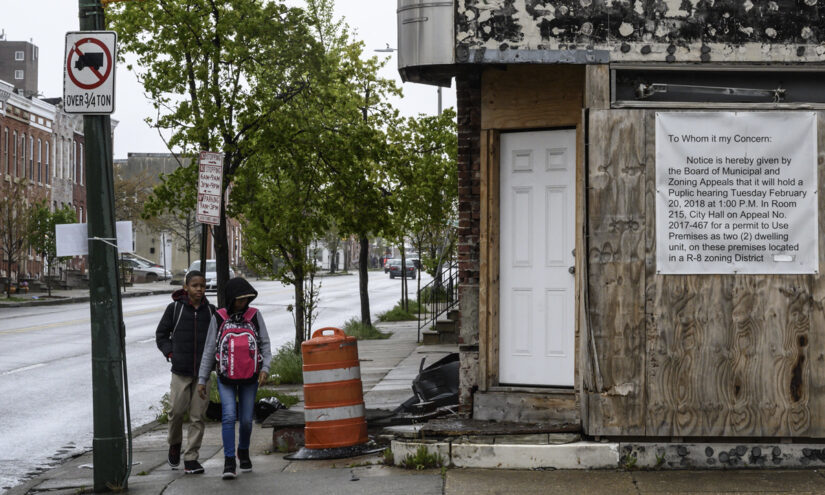Reflecting on the tenets that shape our educational practices is fundamental for …
High levels of absenteeism and trauma rates identified as causes for academic crisis
Carlos Changemaker

During the 2021-22 school year, almost 15 million children were persistently absent, a figure that has doubled from pre-pandemic levels. Additionally, millions of children have faced at least one traumatic event, such as the loss of a parent or abuse.
The 2024 Kids Count Data Book by the Annie E. Casey Foundation delves into the underlying reasons behind the alarming absenteeism rates. The report highlights the detrimental educational outcomes, particularly affecting Native, Black, and Latino children.
An extensive national report spanning all 50 states, the Data Book underscores the social, health, and economic factors impacting child well-being. From a decrease in preschool enrollment to a rise in child mortality rates, the data warns of potential economic consequences for the United States.
Experts emphasize the urgent need for targeted investments in family involvement, social-emotional health, and academic support to prevent Black and Latino youths from missing out on lucrative STEM career opportunities.
Studies reveal that 40% of children have experienced adverse childhood experiences like parental loss due to incarceration, divorce, or death. In Mississippi and New Mexico, half of all children have been affected by such trauma, demonstrating the widespread issue.
Leslie Boissiere, the Vice President of External Affairs at the Casey Foundation, expressed concern over the increasing rate of ACEs among children, emphasizing the importance of understanding and addressing the factors hindering their educational participation.
Certain states like Alaska, Arizona, Washington D.C., and Oregon recorded the highest rates of chronic absenteeism, while Idaho, Louisiana, New Jersey, and Washington had the lowest rates in the 2021-22 academic year.
Notably, states like New Hampshire, Massachusetts, and Vermont, known for their significant investments in early childhood education, topped the annual child well-being rankings. This illustrates the positive impact of such initiatives on overall child welfare.
In addition to traumatic experiences, economic instability, limited childcare options, and transportation issues are common barriers preventing children from consistently attending school.
Despite some positive trends like increased health insurance coverage and decreased teen birth rates, the report highlights concerning educational statistics. Only one in three children read at grade level by 4th grade, with proficiency rates for 8th-grade math even lower.
Disparities in educational achievement are evident across racial lines, with significant inequities among Black, Native, and Latino students. Furthermore, a substantial number of young children are not enrolled in school, impacting their academic readiness for subsequent grades.
To address these challenges, the authors stress the need for schools to track absenteeism, enhance family engagement, and implement effective tutoring programs. They advocate for community school models that offer comprehensive support beyond academics.
Virginia’s Richmond Public Schools have successfully reduced chronic absenteeism by implementing innovative strategies like providing essential services on campus, enhancing transportation options, and supporting families experiencing hardships.
Collaborative efforts involving educators, administrators, parents, and communities are essential to ensuring that students attend school regularly, prepared to learn, and equipped to overcome barriers to education.



